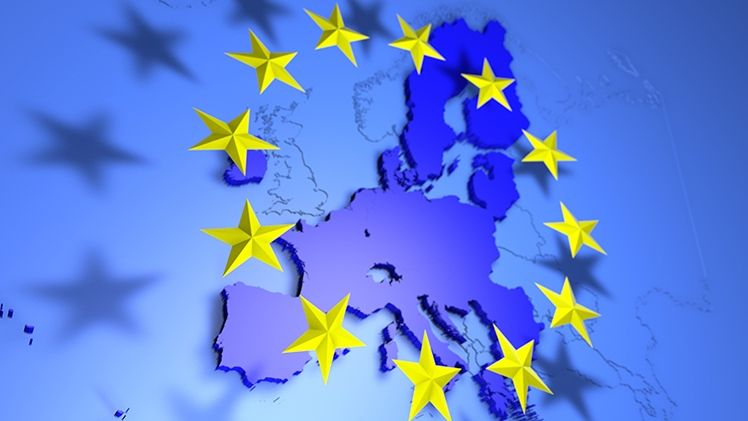Eurozone – 2024-2025 Scenario: soft landing on sluggish growth
- 2024.30.01
- 0
- Download the publication (PDF - 1,11 MB)

- Summary
- Recent economic developments
- The outline of our scenario
- Focus: the impact of monetary tightening on households and firms
- ECB: a little more patience
- Fiscal policy: back to the past
In summary
The recovery in domestic demand and disinflation are taking us a step further away from the stagflationary scenario that many commentators were still predicting a few months ago, or even just a few weeks ago. A slight fall in GDP in the third quarter, continued positive employment growth and a sharp fall in inflation in November continue to provide further arguments in favour of our soft landing scenario, a marked slowdown cushioned by the disinflationary process. However, higher real interest rates, a structural competitiveness shock linked to energy, and a highly uncertain external environment mean that the Eurozone economy is landing on a growth path that is below its weakened potential compared with the pre-pandemic period. Growth in the Eurozone will be capped at 0.5% in 2023, 0.7% in 2024 and 1.4% in 2025.
The stagflationary scenario is relegated to a risk scenario, since domestic sources of inflation are drying up and only a supply shock linked to the geopolitical context could cause inflation expectations to deviate from their anchorage around the ECB target.
On the other hand, a shift towards a recession scenario is more likely than the stagflationary scenario. It does not require an external shock, but simply a deviation from the favourable assumptions on which our central scenario is based: continued disinflation, sustained activity and employment, gains in the purchasing power of wages, easing of financing conditions.
A more powerful impact of monetary tightening, resulting in weaker growth, erosion of income and profits and deterioration in the asset quality of fragile players, would fuel greater risk aversion, contributing to maintaining tight financing conditions and fuelling a vicious circle unfavourable to activity.
Our central scenario of a gradual recovery in growth sees the pace of growth capped by weak external demand in an increasingly uncertain international environment marked by the slowdown in the US and Chinese economies. On the other hand, monetary transmission is still being deployed throughout 2024 (with a transmission lag of twelve to eighteen months after the last rate hike in September 2023), with its negative impact on residential investment and its drag on productive investment. Total investment growth will be positive (0.9% in 2024 and 1.8% in 2025), but well below the 2014-2019 average.
The recovery in domestic demand will be driven mainly by the upturn in private consumption (1.1% in 2024 and 1.3% in 2025). The slight and temporary increase in the unemployment rate (6.7% in 2024 and 6.6% in 2025 after 6.6% in 2023) will not derail this rebound based on an increase in the wage bill and its purchasing power. Households will also be able to draw on substantial accumulated savings, which will no longer be fuelled by precaution as soon as the disinflationary dynamic helps to improve confidence.
On the other hand, the fiscal stance will become more restrictive, with all support (Covid and energy) definitively withdrawn from 2024.

Our central scenario for a gradual recovery in growth is based primarily on a balance between two powerful forces: the disinflationary process and the transmission of monetary tightening aimed at containing the past rise in inflation. Growth in the Eurozone will be capped at 0.5% in 2023, 0.7% in 2024 and 1.4% in 2025.
Paola MONPERRUS-VERONI, Economist
